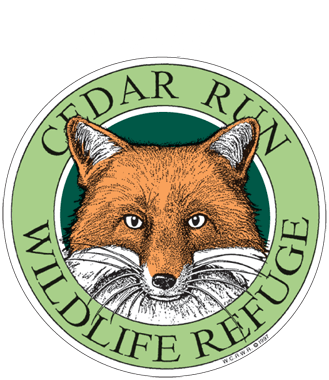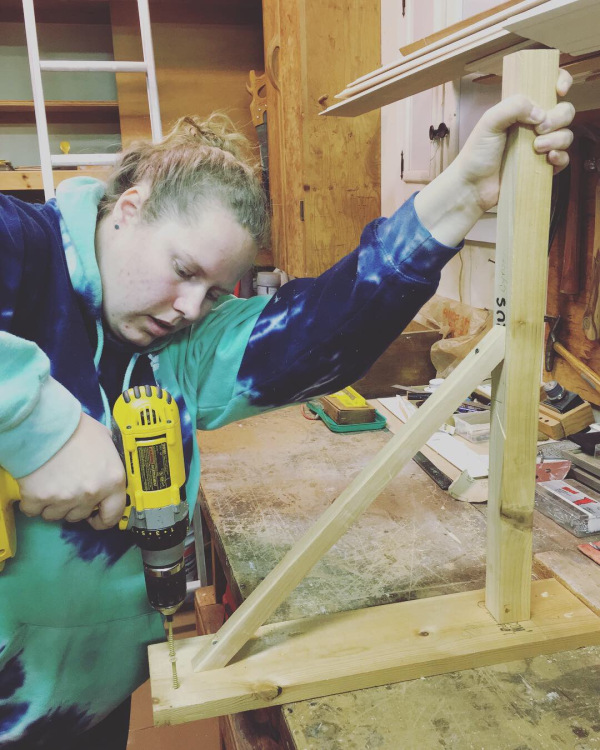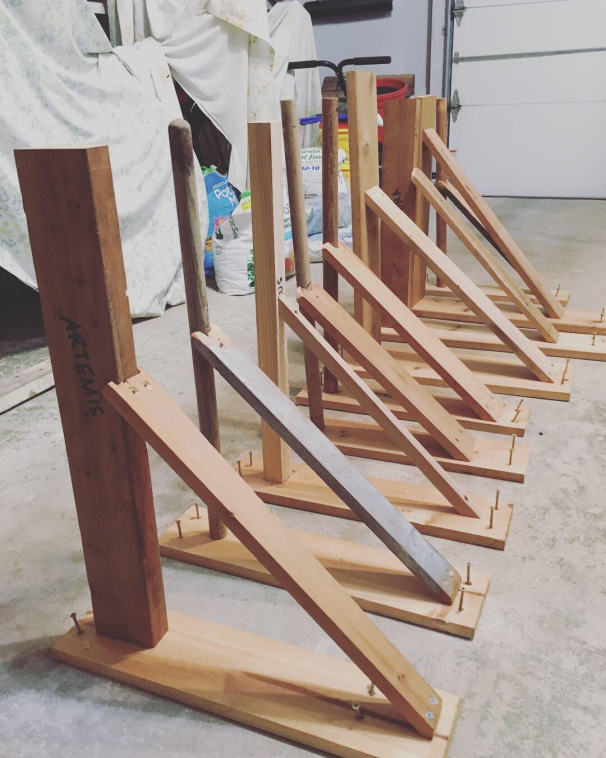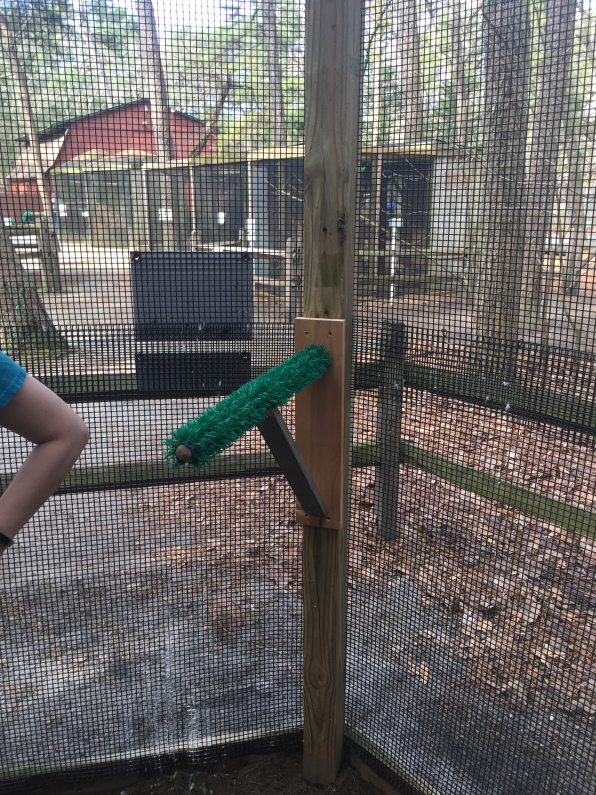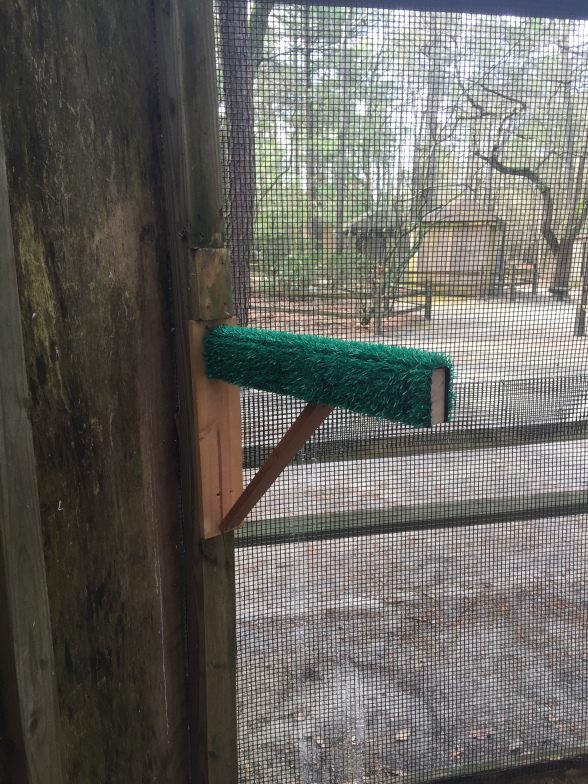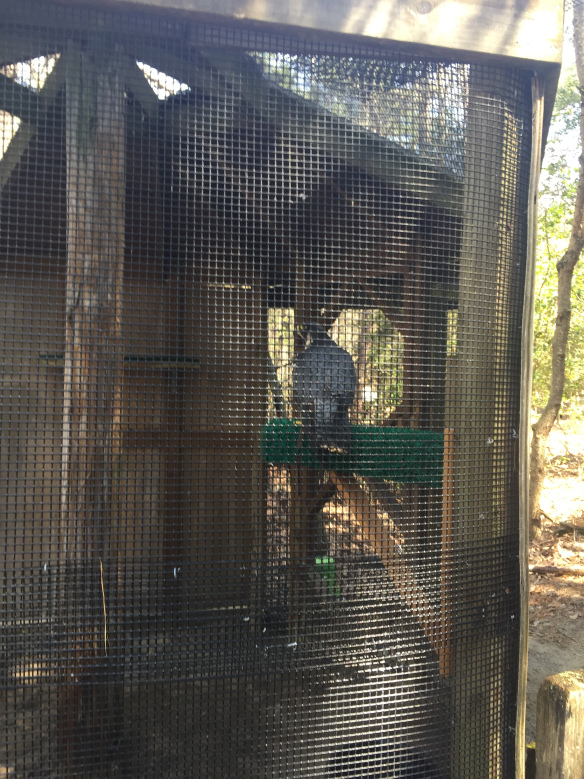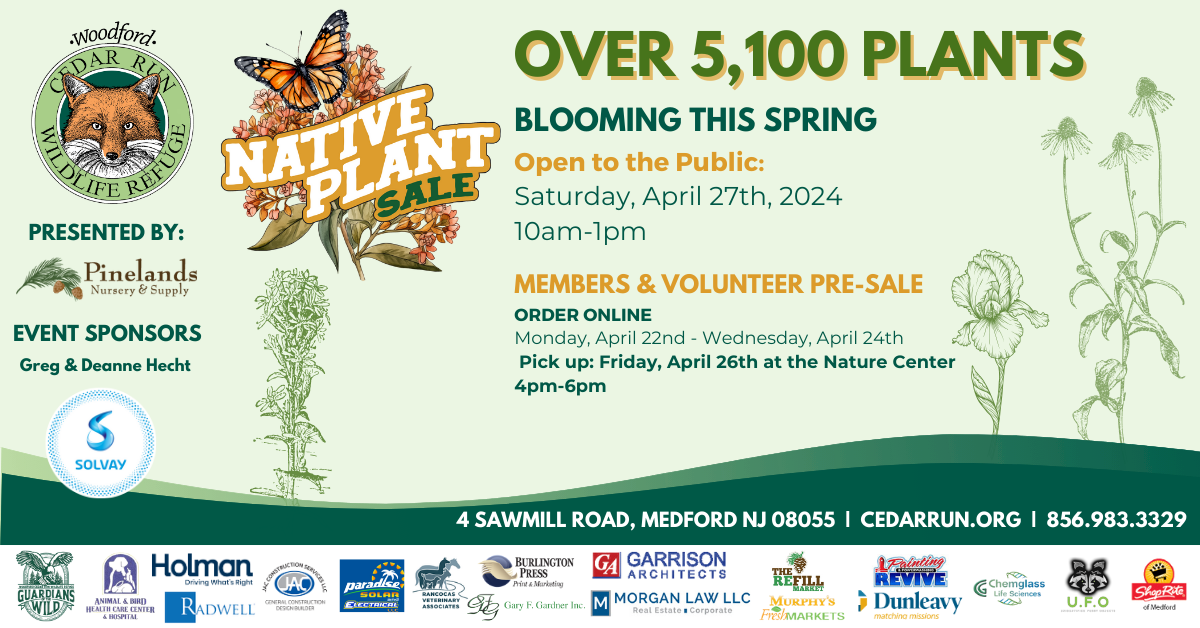The importance of proper bird perching is essential to the quality of life, and health of wild birds living in captivity. Seldom laying down, birds are usually up and on their feet most of their lives. In the wild, they’d be standing on branches, power lines, fences, in tall bushes, and sometimes bird feeders. These varying surfaces provide different widths and textures, and thus different pressure points. Wild birds are also constantly on the move – something they can no longer do as non-releasable animals.
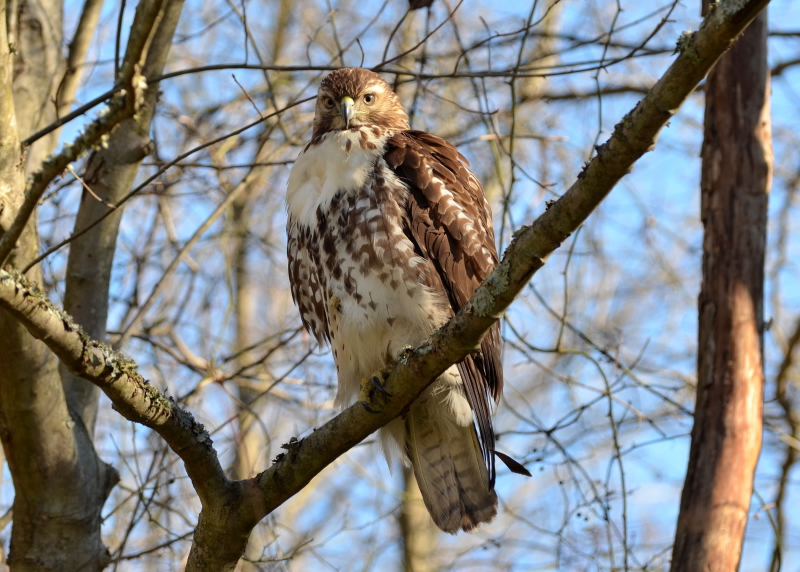
Red Tailed Hawk perched in a tree
In order to attempt to mimic the conditions in the wild, there are many methods for making perches in an assortment of sizes, as well as varying covers. Materials such as 2×4’s, dowel rods, and even natural fallen branches can make excellent perching materials. Most commonly, AstroTurf and manilla rope are used for covering.
Adequate perching helps to fend off things like pododermatitis, commonly known as bumblefoot, which is the flattening of the papillae on the underneath of birds’ feet. This ailment can be assimilated to bed sores – too much pressure on one particular part of the body which causes sores and abrasions. Left untreated, this can be fatal for birds. Luckily, bumblefoot is very easy to avoid if the bird is fed a correct diet, has appropriate perching, is in good overall health, among various other husbandry techniques. Providing differing perching offers different pressure points for the bird’s feet, and thus helps to even out how the bird carries their weight.
Natural history knowledge plays a huge part in this process, as well. Perching is deemed “adequate” based on the shape and size of the bird’s feet – Turkey Vultures have large, flat feet best adapted to perching on thick, dead branches, and walking on flat ground while scavenging for carrion, while Falcons have skinny, long toes best for grabbing song birds mid-flight, and nesting on cliff-sides – so their perches must reflect how their feet would normally be used in the wild. Keeping in mind the size of the bird’s foot is also important – an American Kestrel would require a smaller surface compared to that of a Bald Eagle.
Recently, a few of our Education Ambassadors (birds who travel for our conservation education programs) needed new perching, so my dad and I made a few replacements using scrap wood pieces from our wood shop.
The project took a total of 8 hours, about 60 screws, a few nails and even some reused broom handles went into creating 9 new perches for the birds.
Here’s some pictures of their construction and installation!
- My dad using a jig-saw to cut angles for perch supports
- Pre-drilling screws to be attached to the enclosure
- All ready to be wrapped and installed!
- After being wrapped with AstroTurf, the first perch was installed in Artemis’ enclosure
- Artemis’ second new perch
- Artemis like the new perches!
Next time you visit Cedar Run, take a glance at the differing perching and layouts of each species’ enclosure – you may notice more than you realize!
Happy birds have happy feet!
–Lauren Edzenga, Environmental Educator
